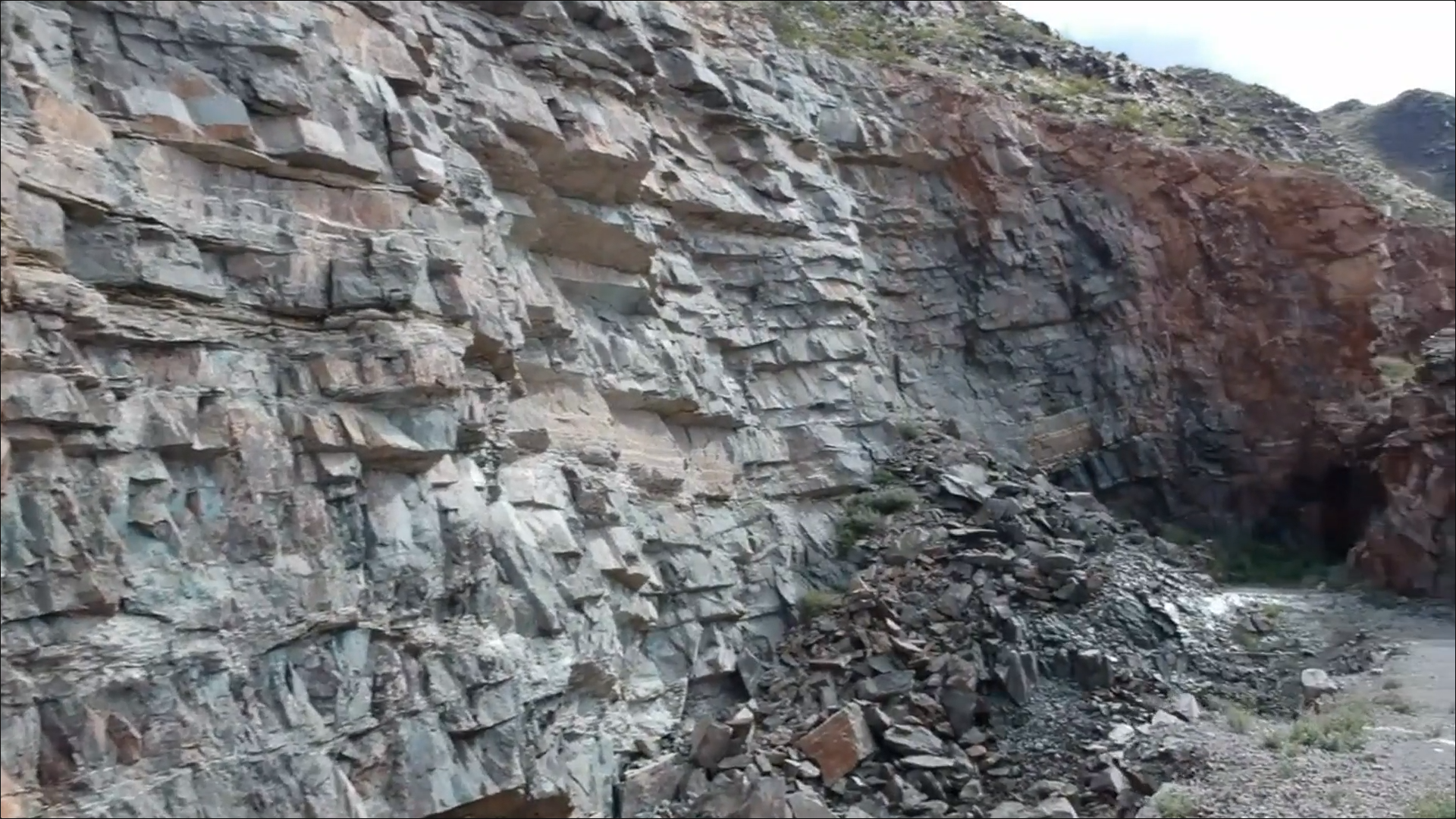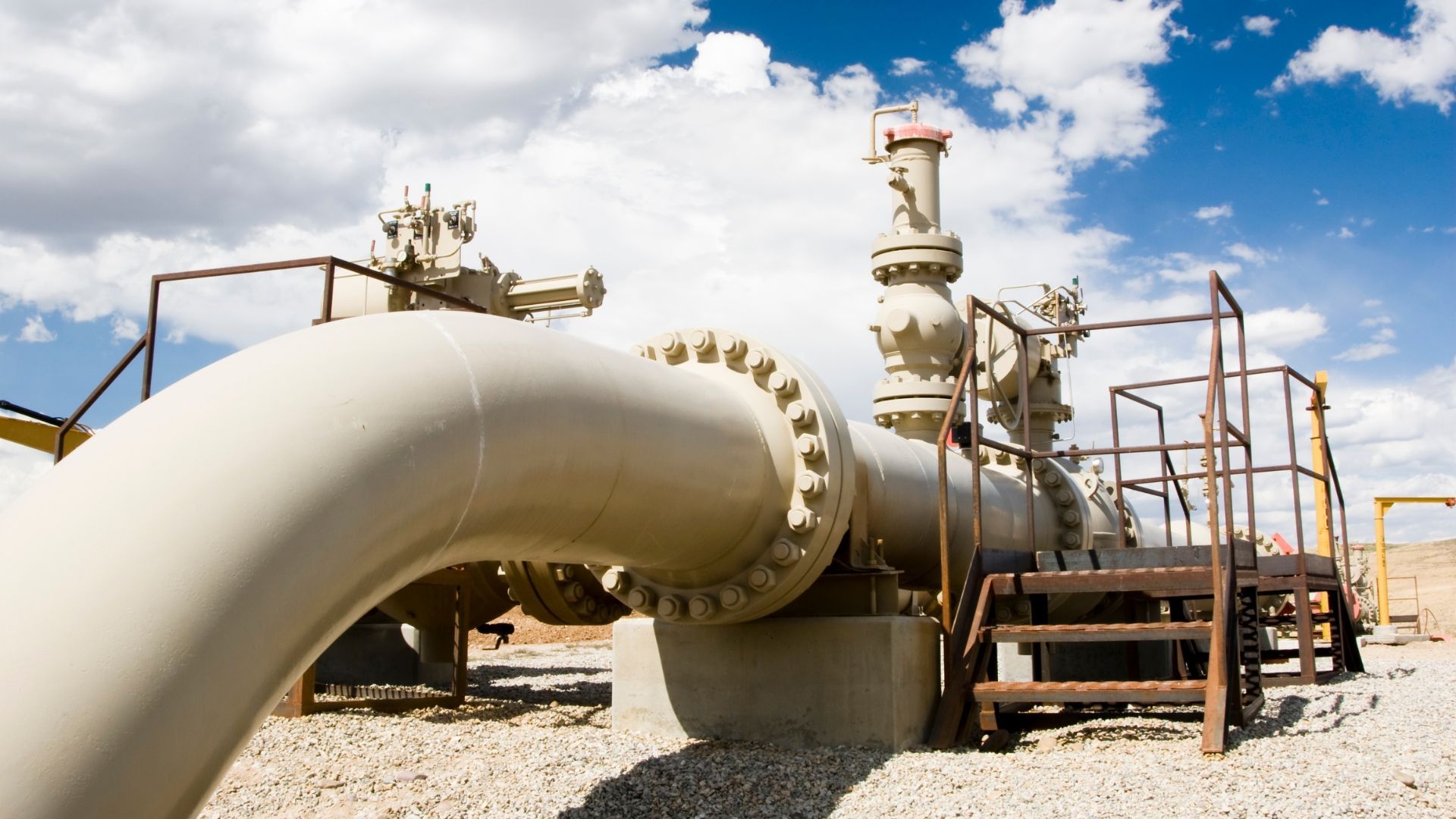It's frankly a bit of a let-down.
ELEANOR HIGGS | IFLScience
A part from being a children's favorite for making your voice squeaky at the end of a birthday party, helium has lots of surprising and very unusual qualities and applications in the world. Despite being the second most abundant element in the universe, helium is actually pretty rare on Earth and it’s only getting more so. But are we really running out?
Helium is produced by the natural decay of radioactive uranium and thorium, but this process takes billions of years. Helium is currently collected from pockets of underground natural gas, as a by-product of the natural gas extraction process.
However, because helium is so light, any escaped gas – either from the containers or from the process itself – is eventually floated to the edge of our atmosphere where it is blown away from Earth by solar winds. This is why helium is often described as the only true nonrenewable resource, according to the American Chemistry Society. So long, helium.
"It takes many, many millennia to make the helium that's here on the Earth," Sophia Hayes, a chemist at Washington University in St. Louis, told NPR. "It's the one element out of the entire periodic table that escapes the Earth and goes out into outer space."
Helium is useful because it stays incredibly cold – it has the lowest boiling point of any element at -268.9°C (-452°F). This property makes it especially good for things like cooling the superconducting magnets found in MRI machines, and even powering space rockets. The Large Hadron Collider in Switzerland needs around 120 metric tons of helium per week to keep it running, according to Bloomberg.
“Helium is a nonrenewable resource. NASA and SpaceX need helium for liquid fuel rockets. The MRI industry needs helium. The pharmaceutical industry is reliant on helium. And so is the Department of Defense,” Bill Halperin, a professor of physics at Northwestern University, told NBC News.
The Federal Helium Reserve in the USA, established in the 1920s for blimps, has supplied around 40 percent of the world’s helium, but the future of this plant is uncertain. The reserve was supposed to have been for sale for the last few years but numerous delays have occurred. Now, though, it looks like the supply could finally be sold to private industry in the next several months, with an unknown impact on the helium supply chain.
Only a small handful of other countries have significant sources of helium, including Qatar, Tanzania, and Algeria. Russia was also supposed to open a new helium factory, but a fire and the war in Ukraine has made the plans uncertain.
Estimates vary as to just how much helium the world has left and how long it will last. In 2019, David Cole-Hamilton, emeritus professor of chemistry at the University of St Andrews, told the Independent that he estimated that the world had around 10 years left of helium unless more effort was put into recycling. Others suggest between 100 and 200 years of helium usage could be a best estimate.
Regardless of the estimates, the knock-on effects to industry could be huge, not to mention the constant volatile nature of helium prices.
All “explainer” articles are confirmed by fact checkers to be correct at time of publishing. Text, images, and links may be edited, removed, or added to at a later date to keep information current.
© 2023 IFLScience







